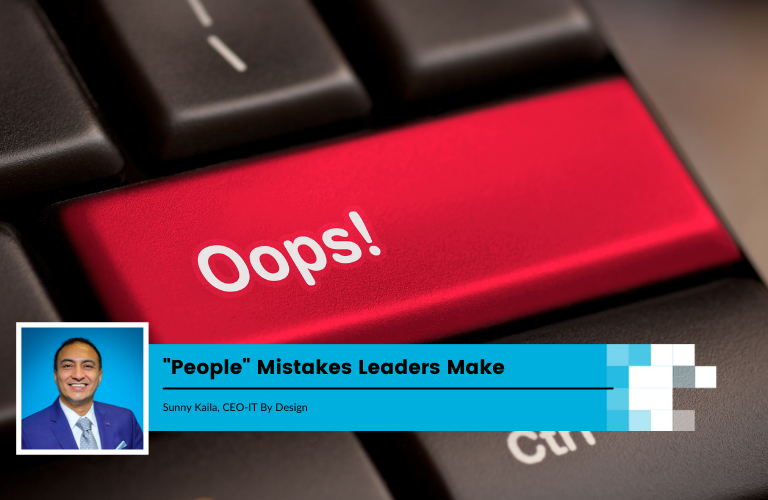To discuss these skills and what all challenges young leaders face while managing their teams in a hybrid environment, I invited Don Ribar, Partner at TTG Inc, for this week’s Silver Linings podcast. Don has been in the Managed Services business for more than a decade. He has guided many IT companies in defining and delivering managed services to clients.
Communicating with context
Fear and anticipation are two facets of hybrid work. To allow your team members to hone in on their client centricity and avoid making mountains out of molehills, always apply context to your communication with them. Whether it’s a conversation with a direct report about their performance or a quick update email to your team about a client’s feedback, it is important that your message is heard and interpreted correctly. To achieve this, context is critical as it helps you deepen everyone’s understanding of the message and address the “WHY” for two-way dialogue. To set the context:
- Put yourself in the other person’s (your team member and/or client’s) shoes.
- Level the power dynamic.
- Answer the fear that might arise from a conversation.
- Proactively answer any questions after engaging in a dialogue. Anticipate what the inevitable questions are going to be and try to answer the question before it is even asked.
Communicating with clarity and authenticity
By communicating with clarity and authenticity, you can build an environment conducive to honesty and transparency – something crucial for a Hybrid Workplace. Establishing a culture of transparency can help you have productive meetings and higher quality of collaborative thinking. A part of your role as a leader is needing to share bad news to team members at times. Communicating with clarity will help you avoid mixed messaging and mixed signaling at the same time. Not to forget, communicating with authenticity will make your team members feel respected and valued, helping you forge great work relationships with them. To hone the soft skill:
- Bring up issues that need addressing even at the risk of conflict and discomfort.
- Allow your team members to talk to you any time with Open Door Policy.
- Create a two-way dialogue by allowing others to ask you questions.
- Encourage the other person to give feedback to improve their performance and workflow.
Communicating in sync with your core values and culture
In a hybrid work world, it is important that your team feels that they are equal contributors to your MSP’s overall success. To achieve this, inject the essence of your MSP’s core values into the conversation. For example, if client centricity is one of your core values, communicate the ways your team can score high CSATs. If ongoing training is important to your MSP’s work culture, ask your team members important questions during 1:1s such as “Are you trained on the latest technology?” for reskilling, upskilling, and ultimately boosting productivity. To achieve the same:
- Quickly clear issues and misunderstandings that affect working relationships within your team.
- Tell your team members that they need to compete against your competitors, not against each other.
- Have your team learn how to communicate efficiently to trust one another’s judgment.
- Anticipate and communicate issues before they arise by identifying areas of weakness in your clients’ networks.
Final Thought: The pandemic has spawned many businesses’ huge interest in hybrid modes of working. Thankfully, our experiences from last year can provide us with lessons on leadership. Take stock of the past year and list out what communication tactics you will need to hone in the new environment to have your team perform their best.



